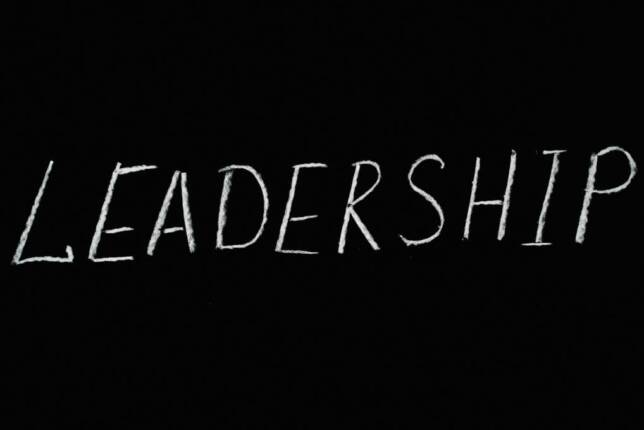The automotive industry is one of the sectors most impacted by the Covid-19 crisis. In 2020, sales in the French automotive market fell by 25.5%, regressing to a level not seen for almost half a century (according to figures from the CCFA -
Comité des Constructeurs Français d'Automobiles -
reported by Les Echos on January 1, 2021). This is due to the closure of dealerships and factories during the first lockdown, along with declining demand caused by the economic crisis.
This context has forced market players to rapidly deploy strong measures to guarantee their company’s survival. Cost cutting is one of the solutions considered as a reaction to this challenging situation.
What is cost cutting?
Cost cutting, or cost killing, is a cost reduction operation. In full swing for several years, this approach seeks to protect cash flow and reduce losses in response to a crisis or emergency situation. Developed in large North American groups in the 1990's, the practice is becoming increasingly widespread today, particularly in SMEs and large groups. In the current context, cost cutting can prove a highly beneficial solution for companies in serious difficulty.
How can cost cutting reduce costs in the automotive industry?
The following outlines the main measures that can be taken to reduce the costs of businesses operating in the automotive sector (car manufacturers, dealers, automobile suppliers, etc.):
Carry out a financial audit
First of all, you should carry out a detailed audit of all your company's expenses (production costs, supply costs, purchases, overheads, operating expenses, etc.). All costs department-specific costs must be thoroughly analysed with the key employees of each department concerned, and ideally with the help of a financial expert (accountant, CFO, etc.).
The objective of this first cost cutting step is to analyse the cash flow and financial results of the previous years and months, in order to gain a picture of the company’s financial health and to highlight the costs that could be optimised, reduced or even eliminated.
Draw up a cost cutting action plan
An action plan will allow you to define precisely at which levels cost cutting should be carried out. What are the sources of waste? Are there any non-essential expenses? Which operations could lead to real savings? What is the threshold of expenses that should not be exceeded to maintain the company's activity? This means defining, through quantified objectives and performance indicators (KPI), the actions to be deployed to reduce costs.
Cost reduction and optimisation can be achieved at many levels: the supply chain (choice of materials, automotive suppliers, equipment manufacturers, transporters and other industrial subcontractors, etc.); the production chain (manufacturing, automotive construction, assembly, etc.); purchasing and inventory management, etc.
In particular, you should postpone costly and non-priority operations, eliminate overproduction in vehicle construction, increase team productivity, accelerate processes, eliminate sources of waste, and give priority to projects that create added value.
It is also worthwhile considering other actions that could increase company profitability, such as ensuring customer satisfaction, setting up a closed circuit recycling system for end-of-life vehicles, adapting your management style, using technological innovation (electric vehicles, etc.), etc.
The short-term objective is to limit losses and to keep cash flow in the black to ensure the survival of the business. In the long term, a cost cutting approach will increase the company's profitability and competitiveness.
Regularly monitor and adjust cost cutting
Cost cutting should remain a temporary measure that responds to an immediate emergency. It should therefore be implemented over a period of around one to two years, after which it will be necessary to re-evaluate the situation, transforming cost cutting into a veritable recovery plan.
In particular, you should carry out a rigorous monthly follow-up of the actions carried out and the financial results obtained (using the KPI defined beforehand). Corrective actions will then follow to re-evaluate the priorities and adjust the cost cutting strategy.
Outsource your cost cutting operation
As explained above, cost cutting is an emergency measure that is delicate to perform. It must be deployed wisely. If misdirected, this approach can have a very detrimental effect and further damage a company’s finances.
To secure a cost cutting strategy and to reduce costs efficiently in your company, the safest way is to outsource the operation to an interim manager specialised in such. Familiar with these emergency situations, these senior leaders have the pragmatism, know-how and audacity necessary to carry out effective and impactful cost cutting. Their goals are to ensure the perennity of an automotive company, contribute to boosting its activity, and improve its performance and financial situation.







